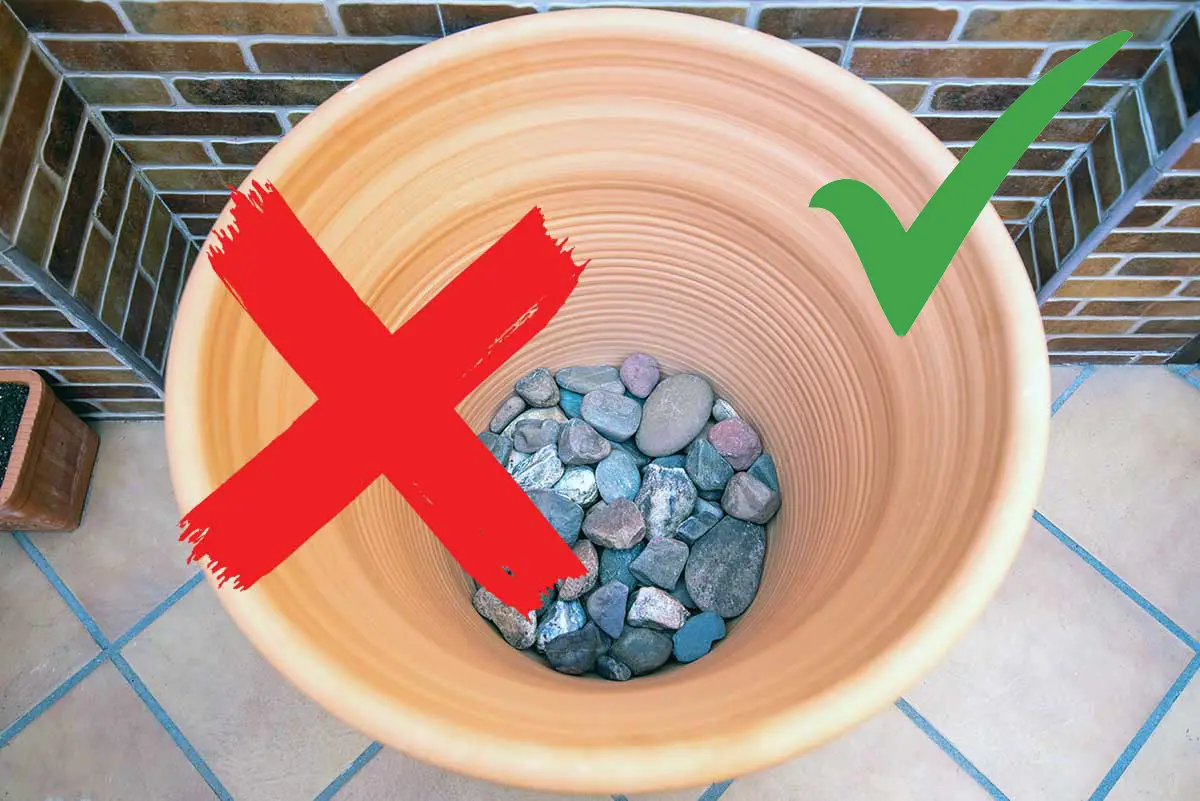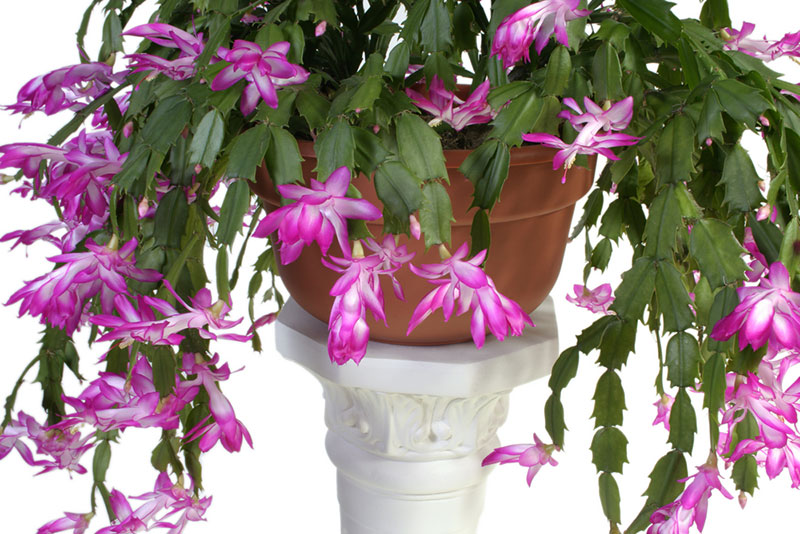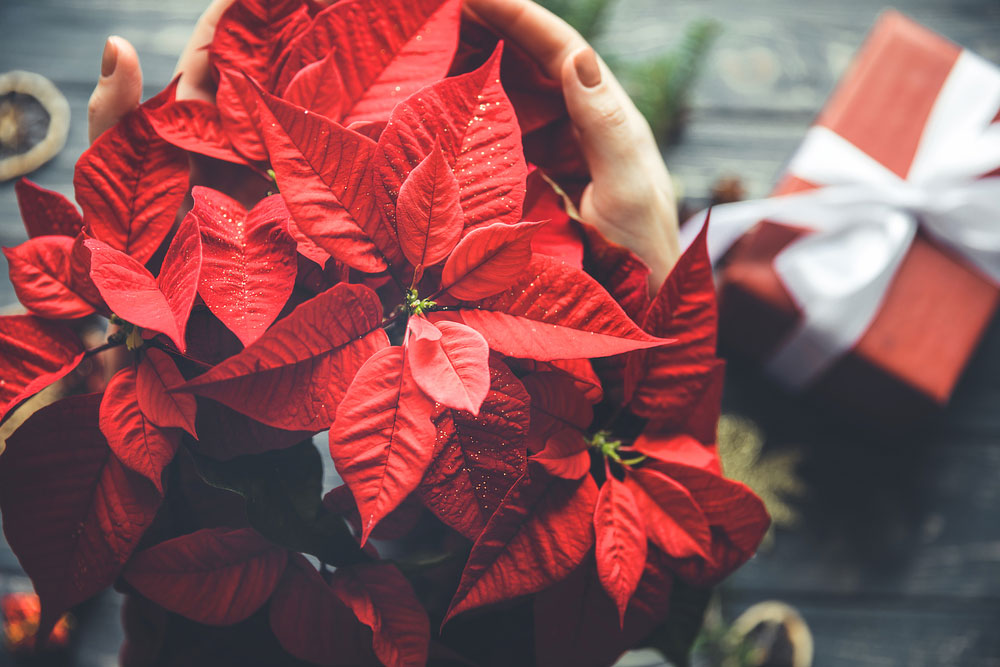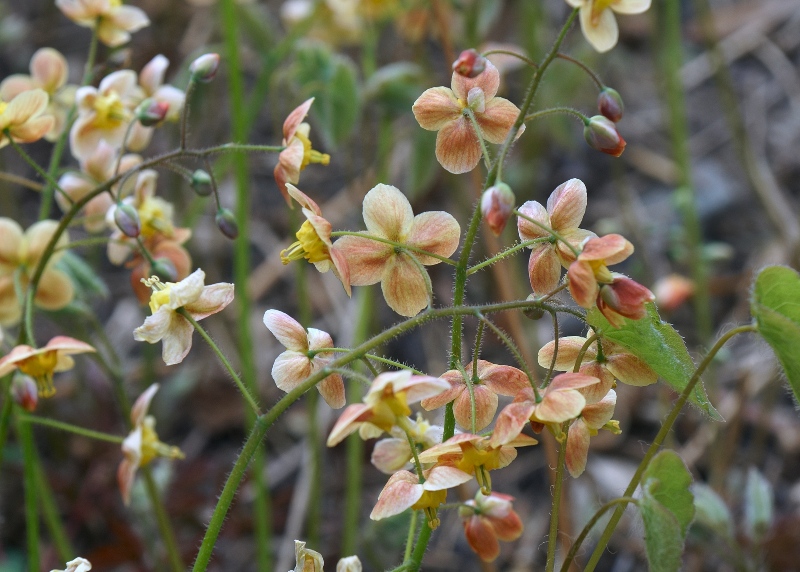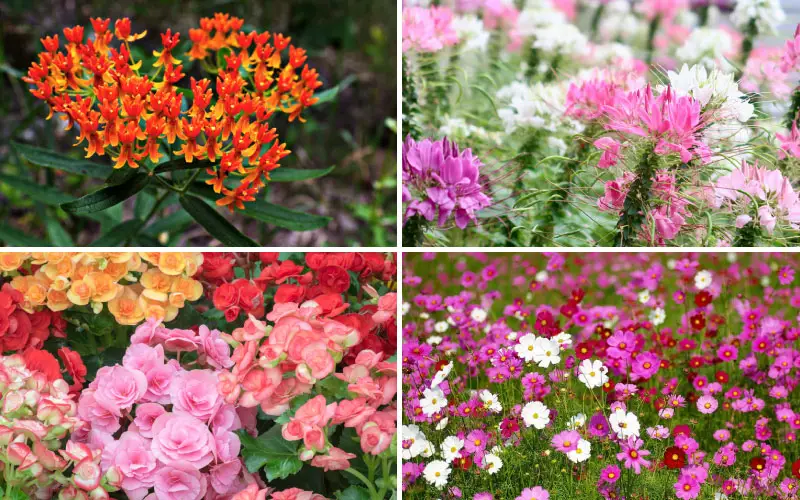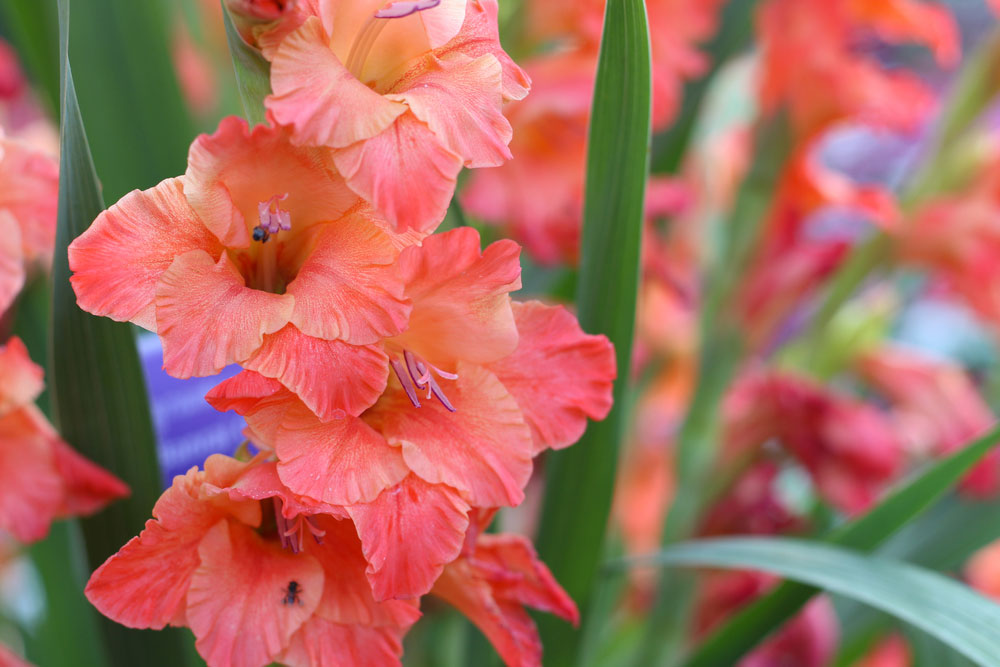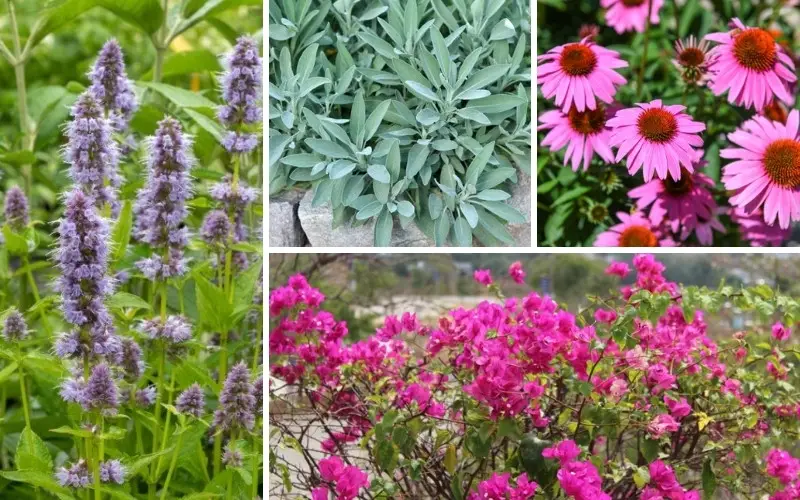
Texas is known for its hot and arid summers when the tumbleweeds tumble and dust cyclones swirl. It might seem like an inhospitable place to grow a lush or colorful garden.
But that’s not necessarily the case. Especially because there are plenty of heat and drought-tolerant plants that not only survive but thrive in the Texas sun.
Below is our list of 10 Texas drought-tolerant plants that any garden lover would be happy to have in their garden.
Coneflower
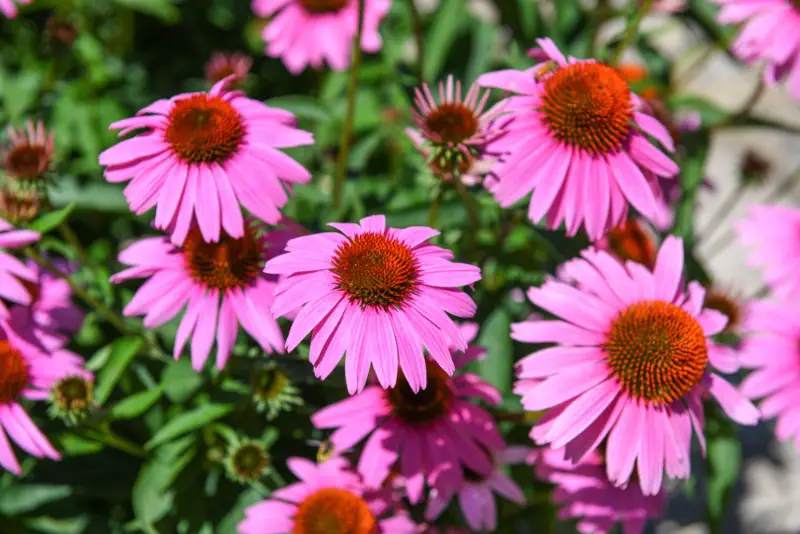
Echinacea is a perennial found in prairies and wooded areas. These hardy plants are commonly called Coneflower due to the spiny offshoots that spring from a central disk.
Coneflowers used to be purple. Thanks to cross-hybridization, there are now several colors to choose from: pale yellow, magenta, soft white, and pink, among others. They thrive in Growing Zones 5-8 and have been resilient enough to withstand the coldest temperatures of Zone 3.
Plant them in a sunny location and water frequently to begin. But once they take root, Coneflowers will return year after year without fertilizer.
Catmint
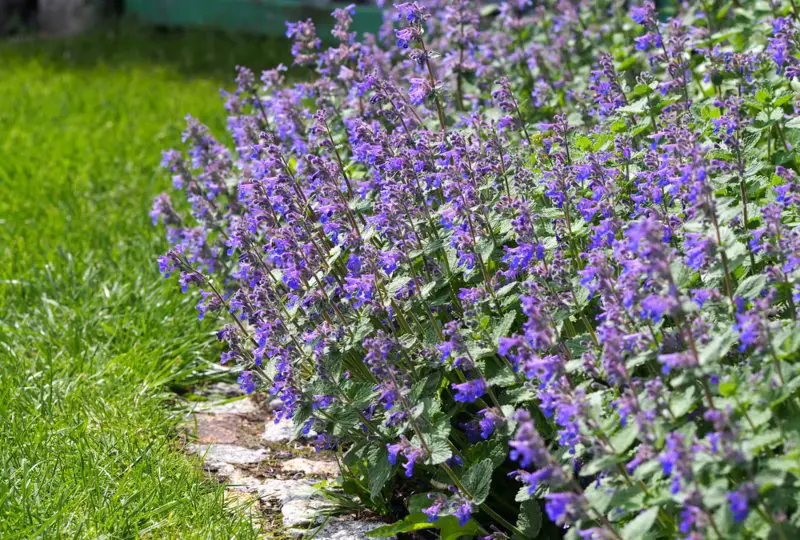
A perennial powerhouse, Catmint is an easy-to-grow, adaptable plant no matter the circumstances. Its purple blooms burst open in early summer and last for several months.
Catmint can be as short as 6 inches or as tall as 3 feet or more. The foliage has tinges of blue-green or silver, and the flowers can be blue, yellow, pink, purple, or white. These flowers do well in Zones 3-9.
Watch out. Catmint is often confused with catnip, that cat-loving herb. They come from the same family, but Catmint is preferable for its pest (and pet) resistance.
Agastache
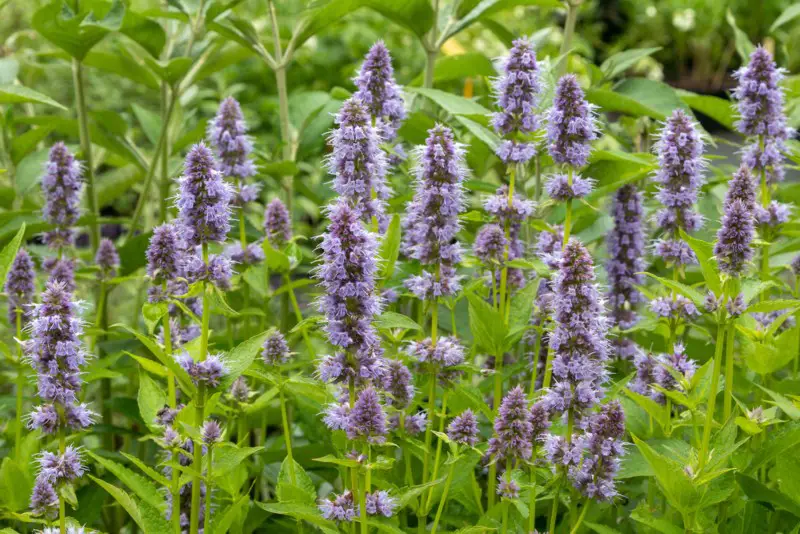
There are 22 varieties of Agastache, also known as giant hyssops or hummingbird mints.
Most Agastache plants stand upright like a bottlebrush and have sharp leaves that jut out from the core. The flowers come in white, purple, pink, or mauve and attract bees, butterflies, and hummingbirds (thus the familiar name). You can harvest the leaves for licorice-flavored tea.
This plant does well in Zones 4-10 and has survived temperatures down to 10 degrees Fahrenheit.
Lantana
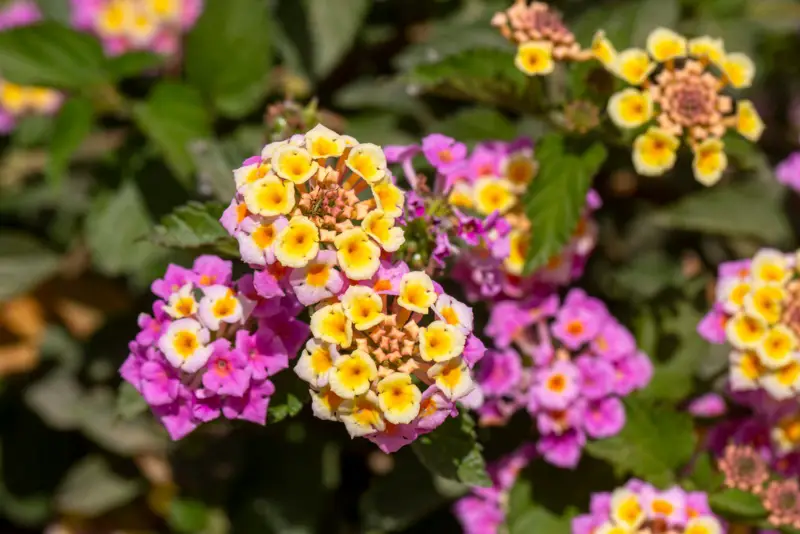
A member of the Verbena family, Lantana comes in about 150 flowering varieties. Although native to more tropical regions, Lantana does well in the hotter and drier temperatures of Texas.
When Lantana bloom they sprout flower clusters that look like colorful snowflakes. These are called umbels and they often mix yellow, orange, and red florets. They grow well in Zones 8-11 and will bloom all year in areas without winter frost.
Lavender
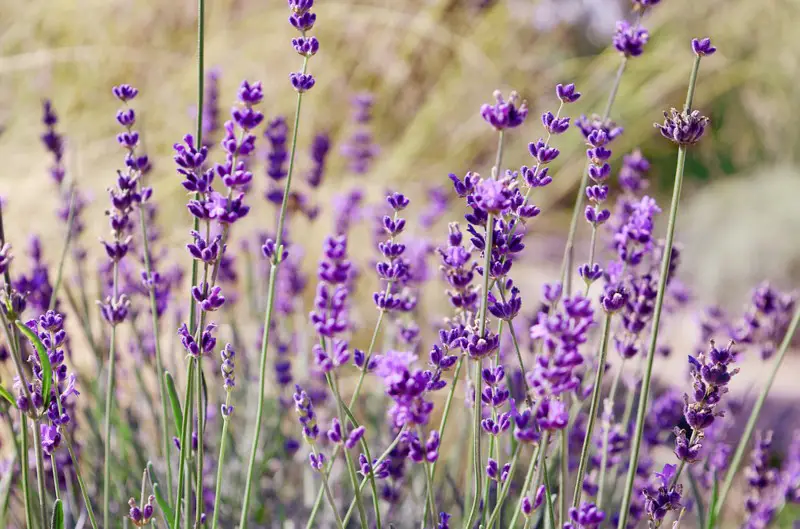
The calmingly pretty purple flower tolerates almost any growing condition, especially in Zones 5-8. Lavender is an easy-care plant that can grow to 3 feet and delights in hot, dry environments. Its fragrant aroma comes alive in alkaline-rich and well-drained soil.
Lavenders should be spaced so that airflow can circulate among each plant. Beginning in Year 2, it’s important to prune these plants annually to stimulate new growth.
Artemisia
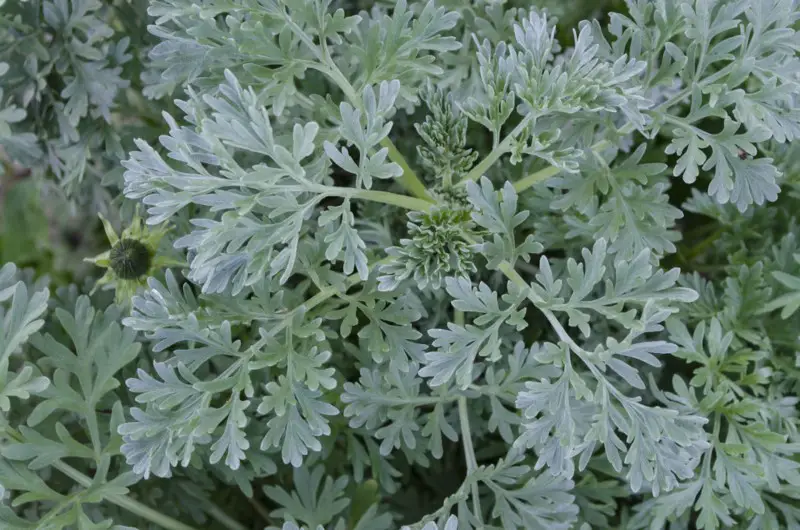
Sagebrush is one of the common species of Artemisia, an offshoot of the daisy family. Other species – of the 400 – include mugwort, wormwood, and tarragon. Many species of this hardy plant produce essential oils, strong aromas, and bitter tastes.
Artemisia, with its often-silvery foliage, is a solid choice for ground cover. It can act as a natural border for the more colorful varieties of drought-resistant plants in your garden and thrives in Zones 3-10.
Yarrow
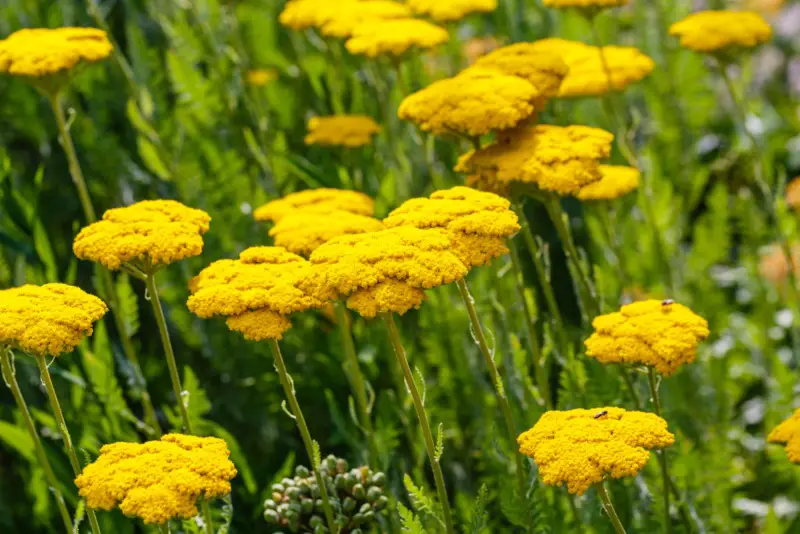
A North American native, Yarrow is popular with bees, butterflies, and other pollinators. Yarrow is also hassle-free, making it another good choice for borders or ground cover. White or pink flowers cluster in small groups that shoot out from fern-like undergrowth.
These are best to plant in mid-spring to early summer after all ground frost has disappeared. Make sure to put them in an area of full sun with well-drained soil. This way, Yarrow will grow in compact clusters and rise to about 15 inches in height. They grow well in Zones 3-7.
Bougainvillea
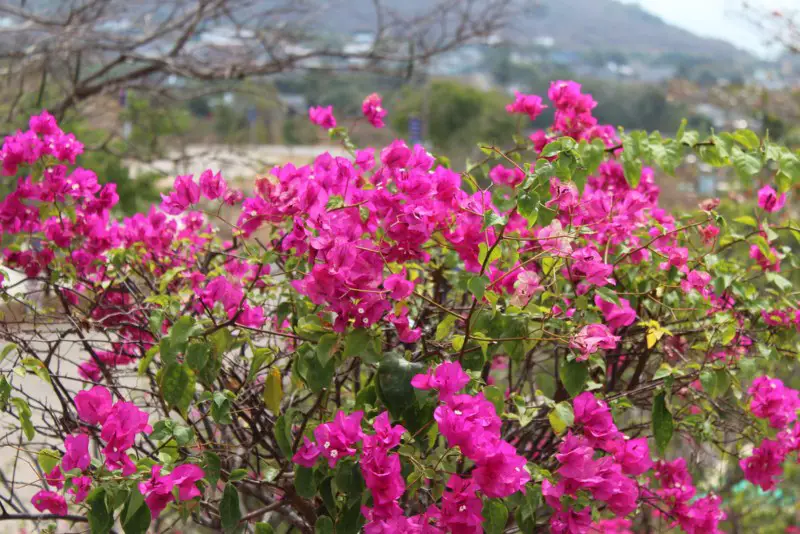
Another hardy plant, Bougainvillea is a thorny evergreen that produces off-colored leaves that look like flowers. They can be yellow, crimson, orange, or white and provide a stark contrast to the green and yellow variegated leaves that comprise their majority.
Bougainvillea is an excellent choice for hedging because of its prune-ability. They grow in almost any dry soil with a slightly acidic content and are especially happy in Zones 9 and 10.
Sage

You don’t have to plant sage in a vegetable garden. It can also be used in Zones 5-8 as a perennial border plant thanks to its grayish-green leaves and height of 1 to 2 ½ feet. They do need room to grow, though. Set each plant at least 2 feet apart.
Sage is a relatively slow-growing plant, so be sure to stake new ones for protection against the harsh Texas winds. Without the support, it may snap.
Texas Ranger
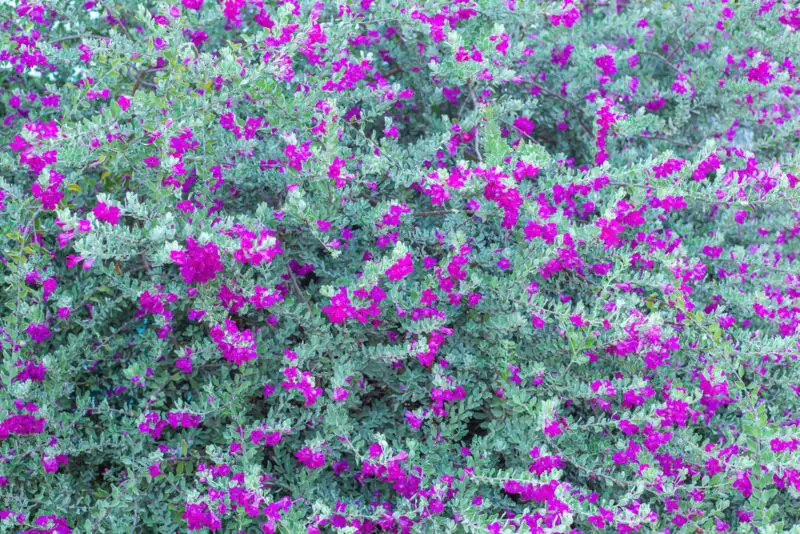
What list of best drought-tolerant plants in Texas would be complete without mentioning the Texas Ranger, also known as the Texas sage? It’s a late-blooming bush that can often grow to 6 feet in height and width, and even 8-feet in diameter. Texas Rangers need a good amount of space to grow.
The distinctive foliage of the Texas Ranger is a desert rose color flower on top of silvery-gray leaves. This evergreen shrub works as a border or hedge, and it grows in almost any loamy or sandy condition. Texas Rangers succeed in Zones 8-11, and they like to be left alone.
In Short
There are plenty of options when choosing drought-tolerant plants for a Texas garden. Some grow tall and stand up straight. Others lie closer to the ground. They all have distinctive colors when in bloom.
Using one or a combination of flowers and shrubs from the list above will add color and texture to your Texas garden.

